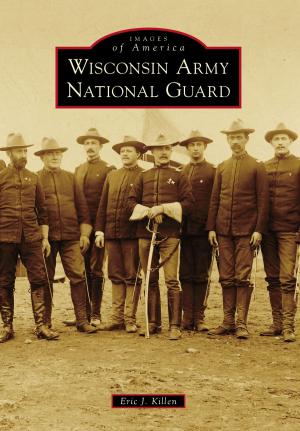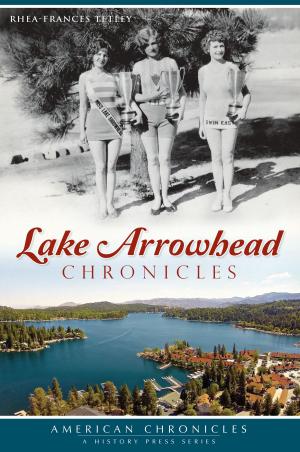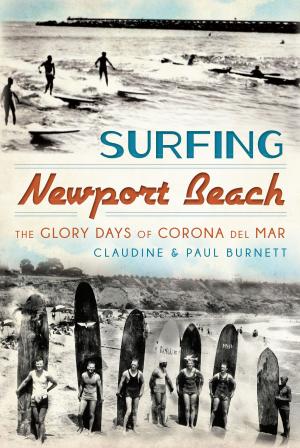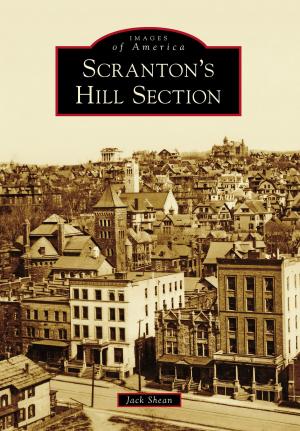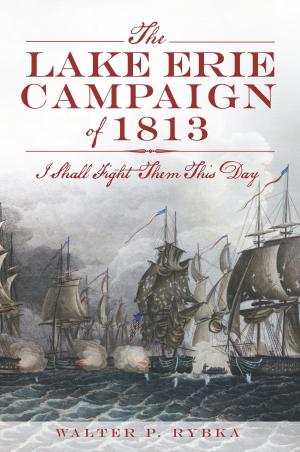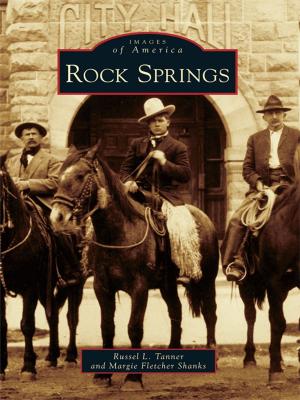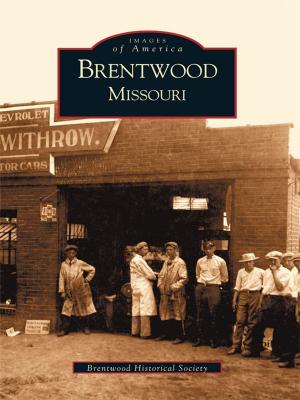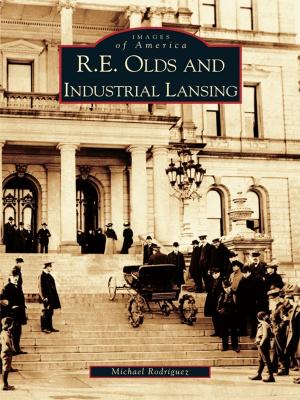| Author: | Paul Crater | ISBN: | 9781439629451 |
| Publisher: | Arcadia Publishing Inc. | Publication: | September 10, 2003 |
| Imprint: | Arcadia Publishing | Language: | English |
| Author: | Paul Crater |
| ISBN: | 9781439629451 |
| Publisher: | Arcadia Publishing Inc. |
| Publication: | September 10, 2003 |
| Imprint: | Arcadia Publishing |
| Language: | English |
Few historical events shaped the city of Atlanta more than World War II. A hub for the Civil Rights movement in the 1950s and 1960s, Atlanta is now home to over four million people and serves as national headquarters for a dozen Fortune 500 companies. It would never have developed to such prominence, however, without the Allied victory in the global conflict. From the social reforms of the New Deal to the economic impact of war industries, to the early gains of the Civil Rights movement, World War II in Atlanta illustrates the transformation of the city from a regional Southern town into a major industrial metropolis. Through images selected from the collections of the Kenan Research Center at the Atlanta History Center, this volume examines the war's role in creating today's vibrant, sprawling megalopolis with its diverse population. View photographs of wartime president Franklin D. Roosevelt during his visits to Atlanta and other Georgia cities. Pictures from the homefront include war bond advertisements, Bob Hope at a USO show, and victory garden promotions. The two warships named Atlanta as well as the Liberty ships named for famous Atlantans illustrate the symbolic connections between the city and the war. In addition, portraits and personal stories of some of Atlanta's sons and daughters who served in the war highlight the human side of the conflict.
Few historical events shaped the city of Atlanta more than World War II. A hub for the Civil Rights movement in the 1950s and 1960s, Atlanta is now home to over four million people and serves as national headquarters for a dozen Fortune 500 companies. It would never have developed to such prominence, however, without the Allied victory in the global conflict. From the social reforms of the New Deal to the economic impact of war industries, to the early gains of the Civil Rights movement, World War II in Atlanta illustrates the transformation of the city from a regional Southern town into a major industrial metropolis. Through images selected from the collections of the Kenan Research Center at the Atlanta History Center, this volume examines the war's role in creating today's vibrant, sprawling megalopolis with its diverse population. View photographs of wartime president Franklin D. Roosevelt during his visits to Atlanta and other Georgia cities. Pictures from the homefront include war bond advertisements, Bob Hope at a USO show, and victory garden promotions. The two warships named Atlanta as well as the Liberty ships named for famous Atlantans illustrate the symbolic connections between the city and the war. In addition, portraits and personal stories of some of Atlanta's sons and daughters who served in the war highlight the human side of the conflict.

